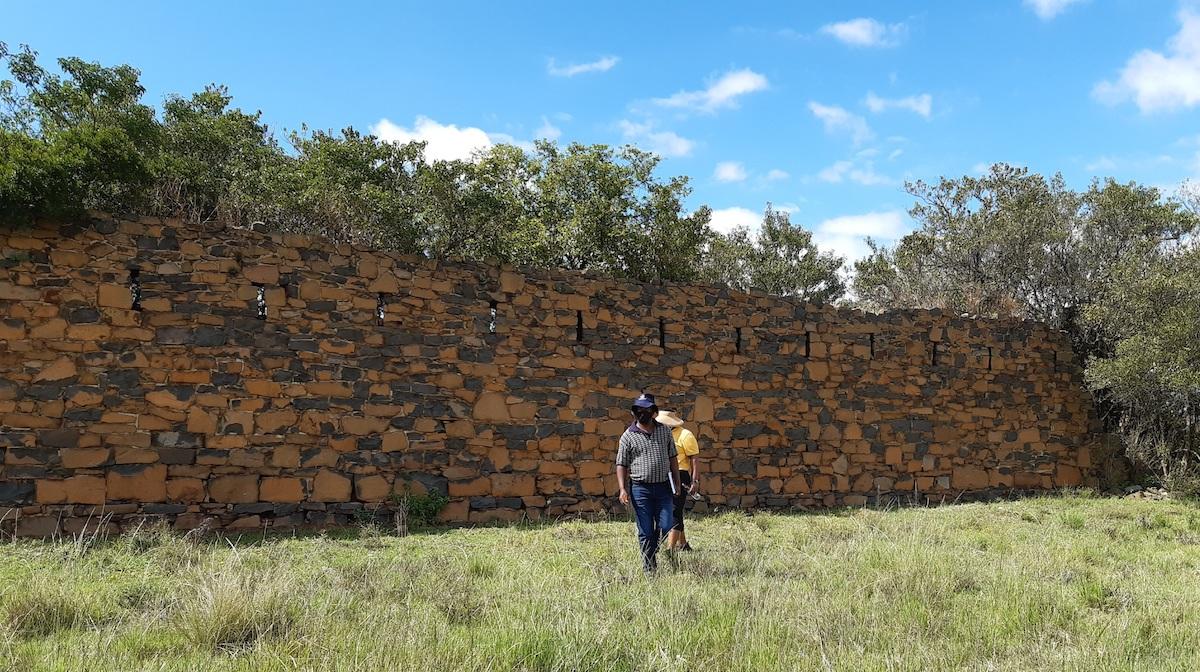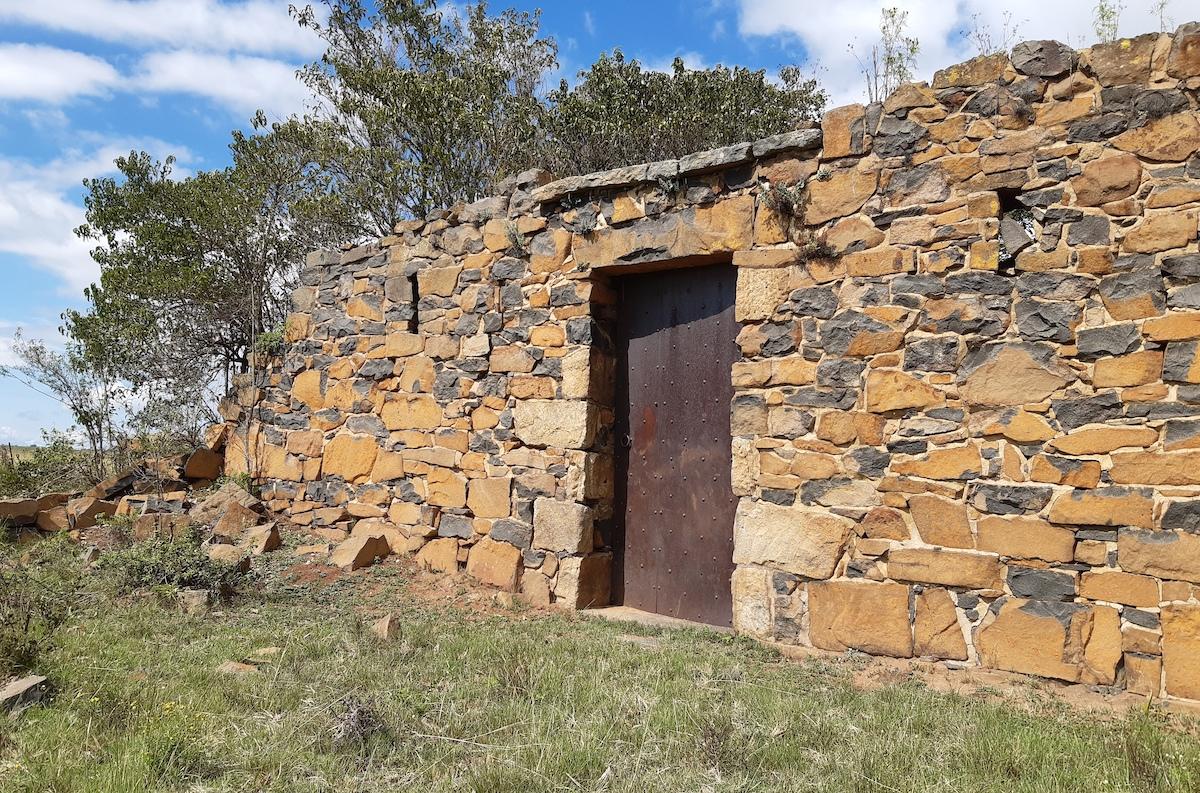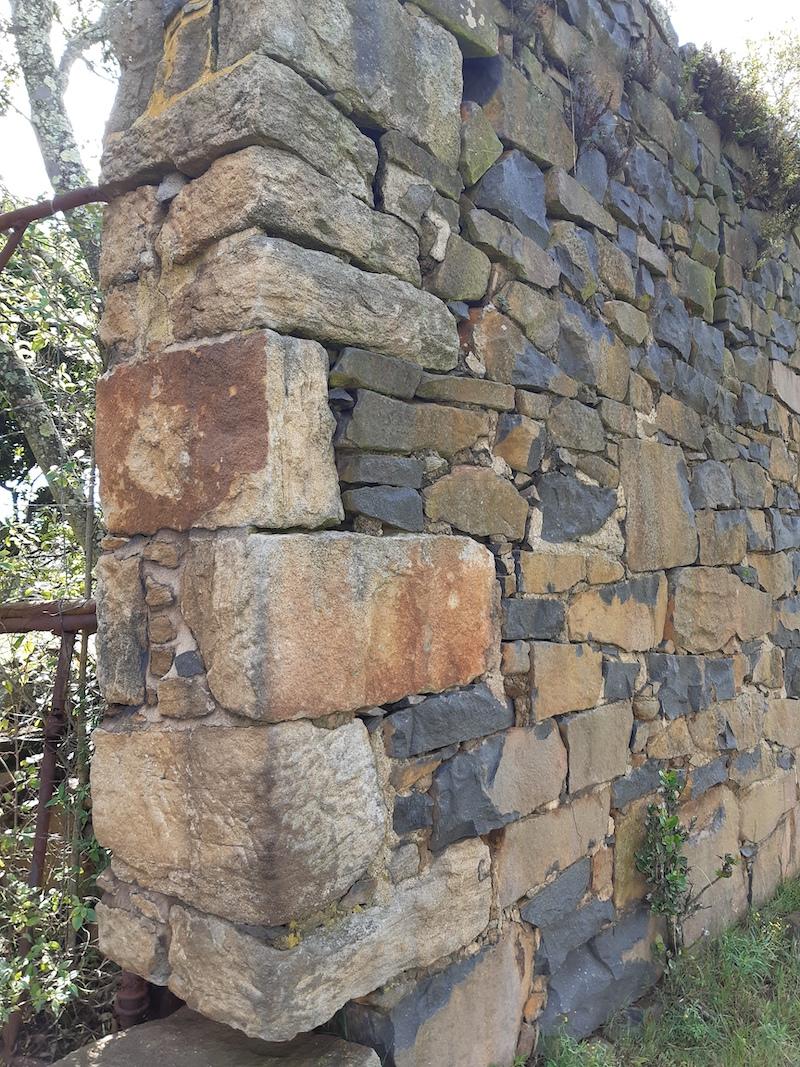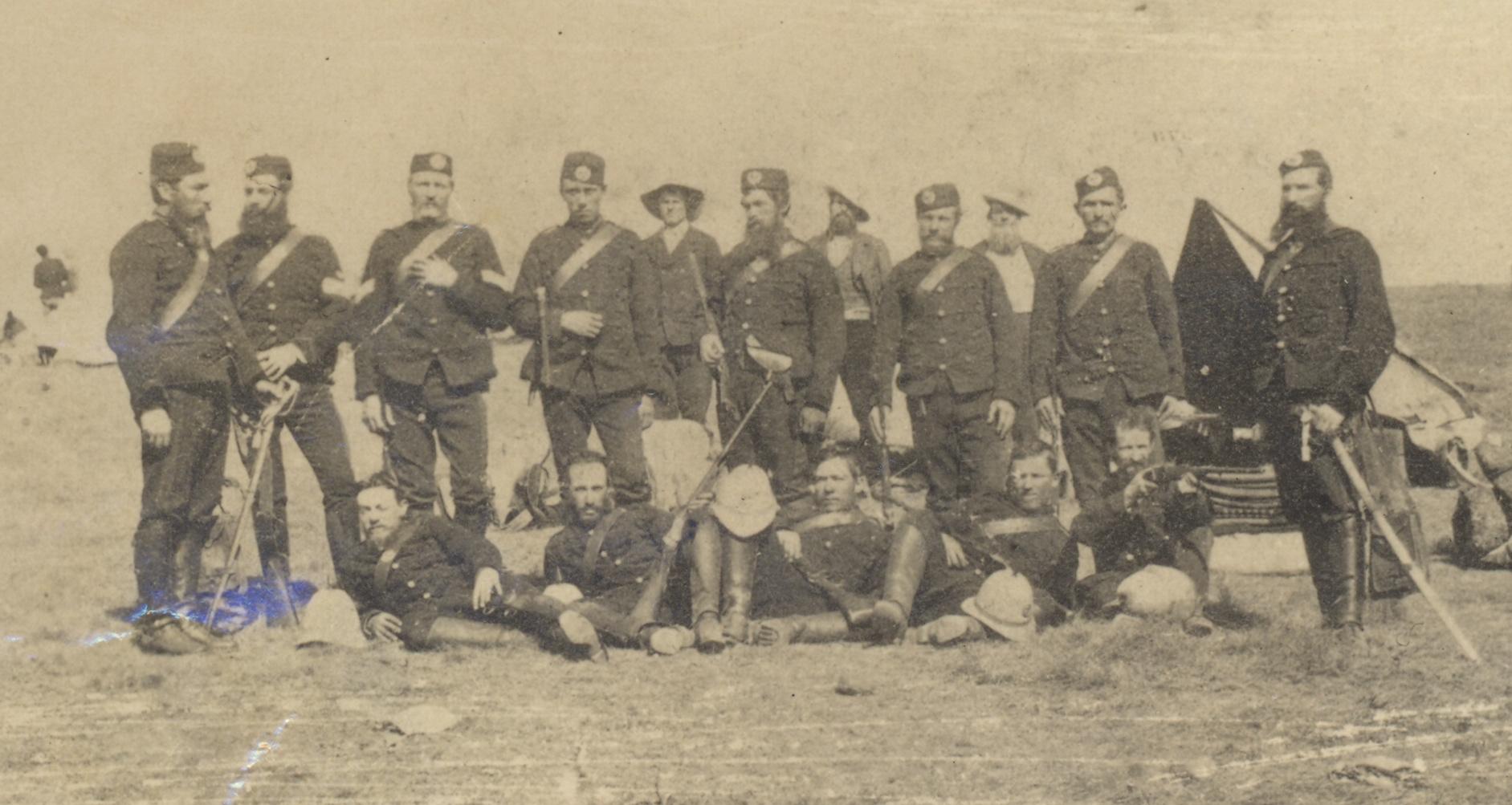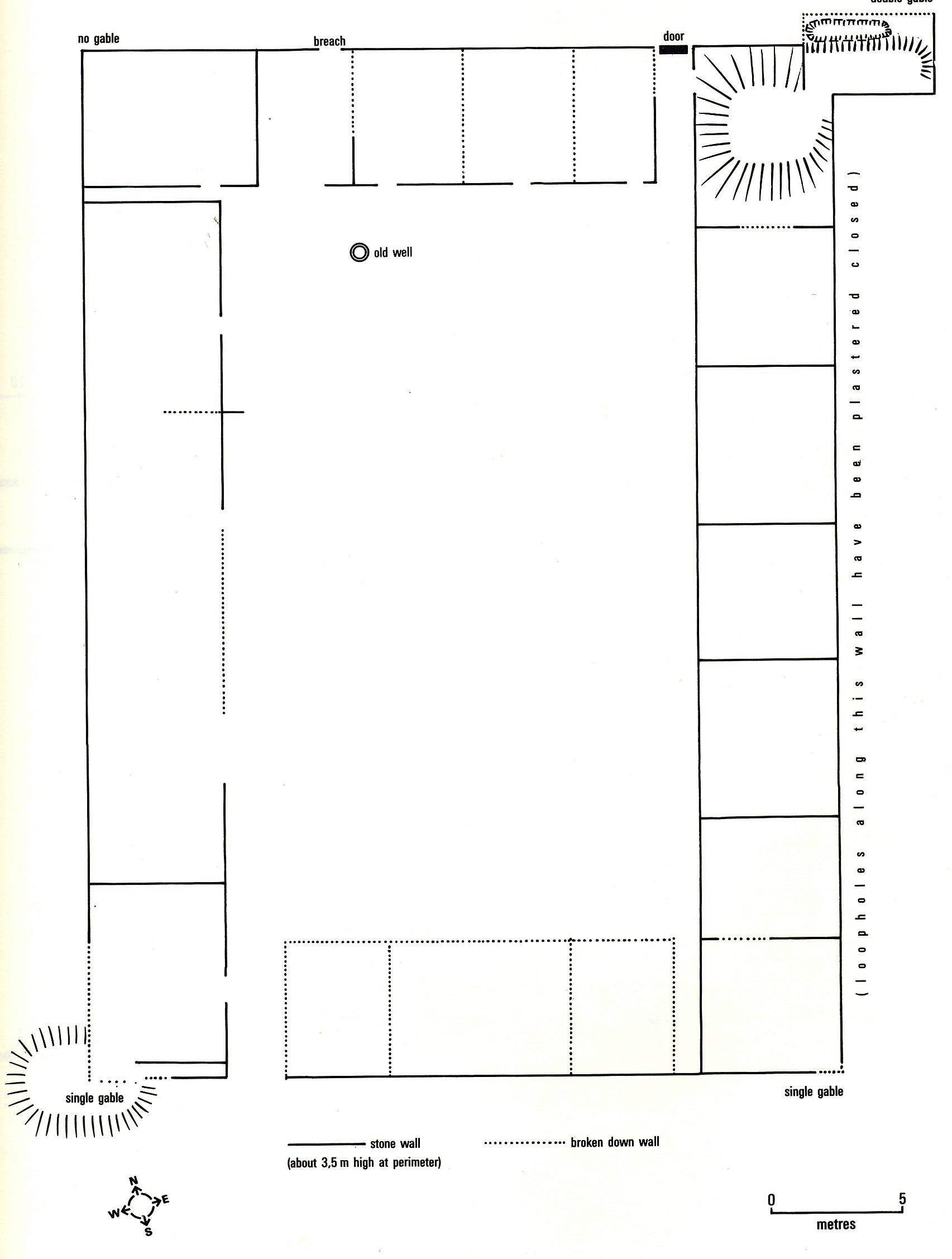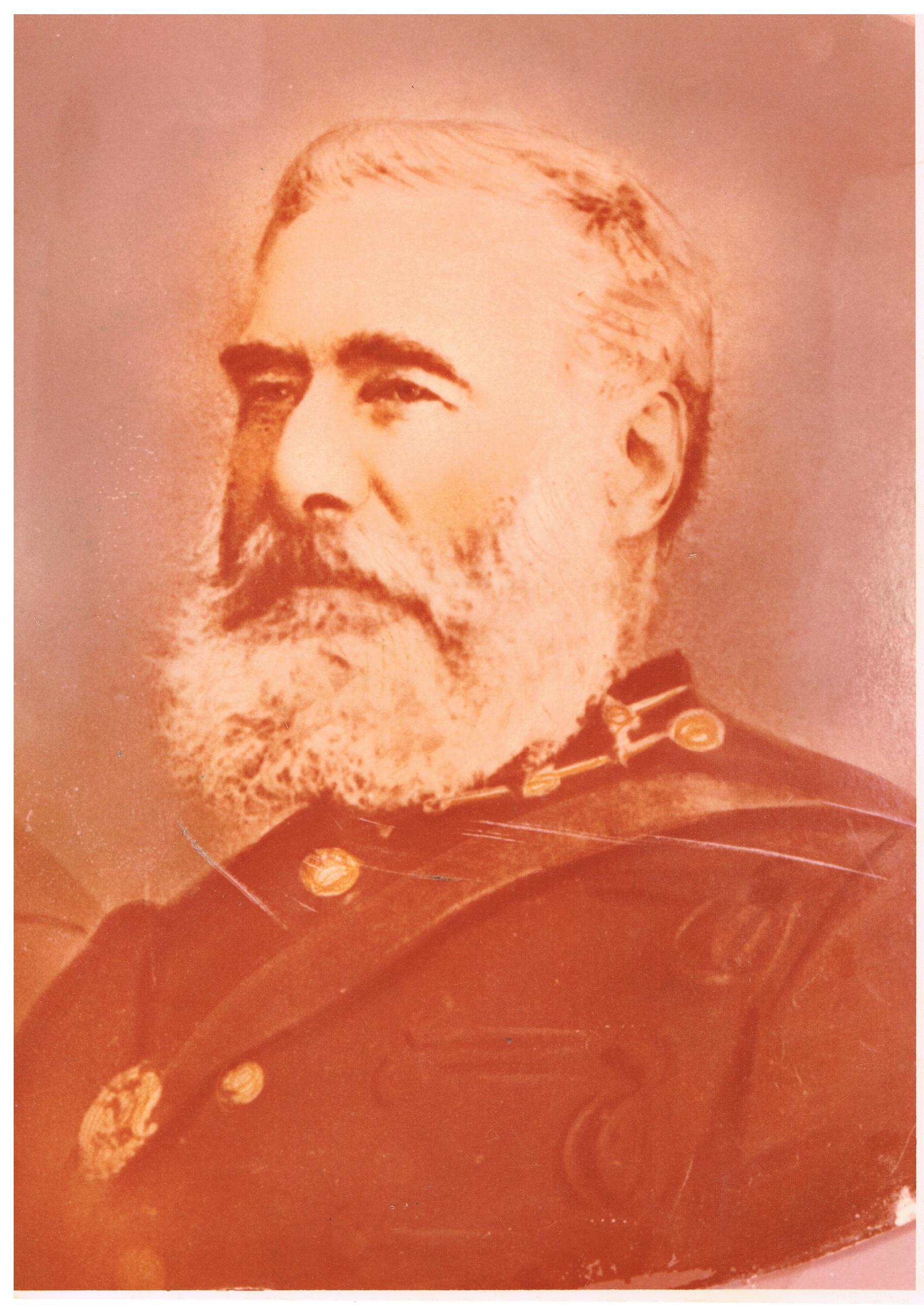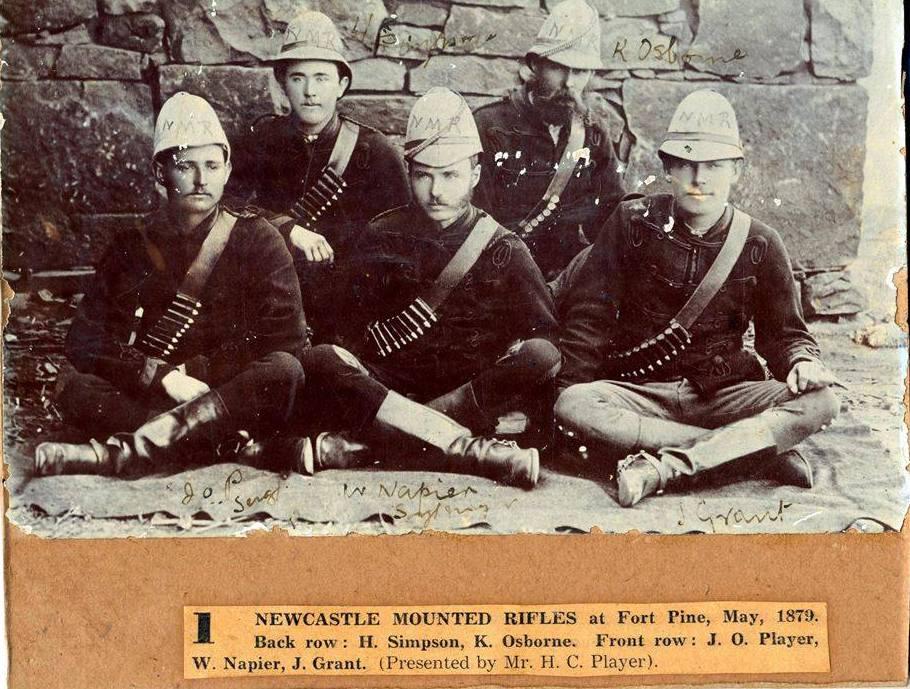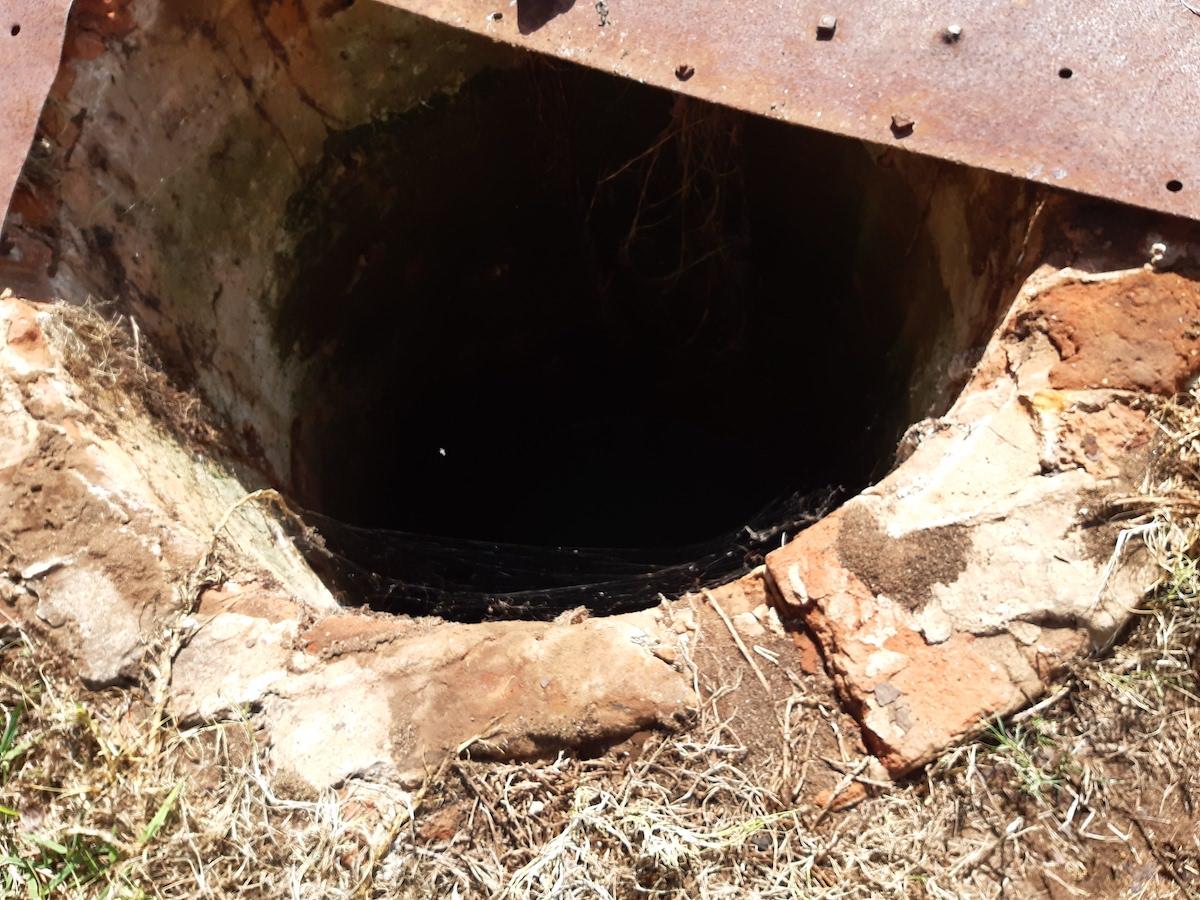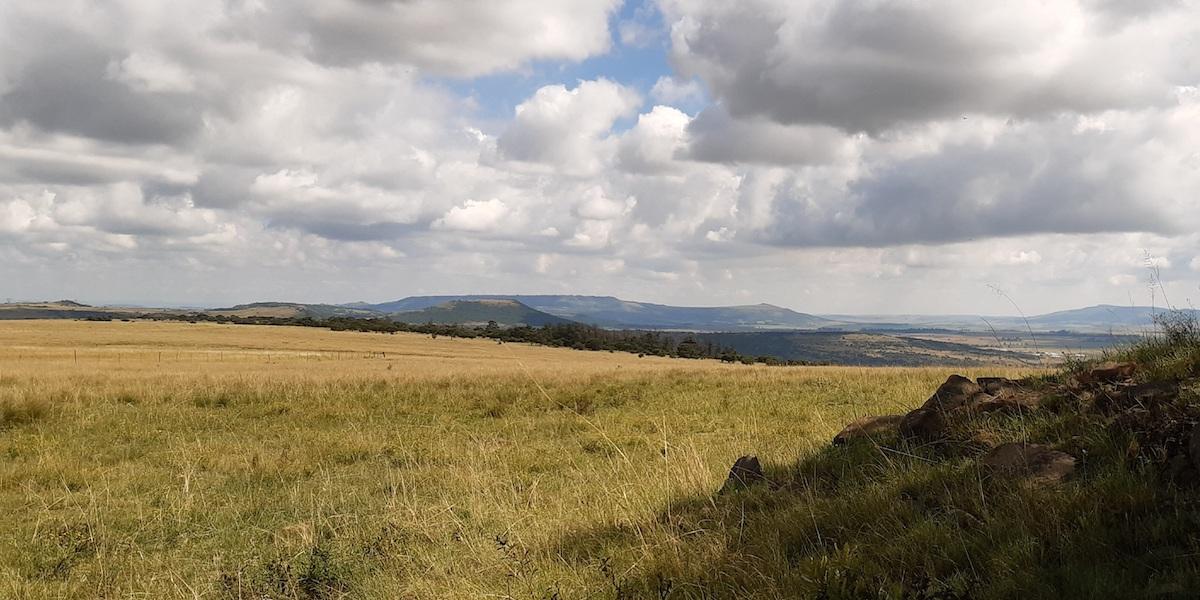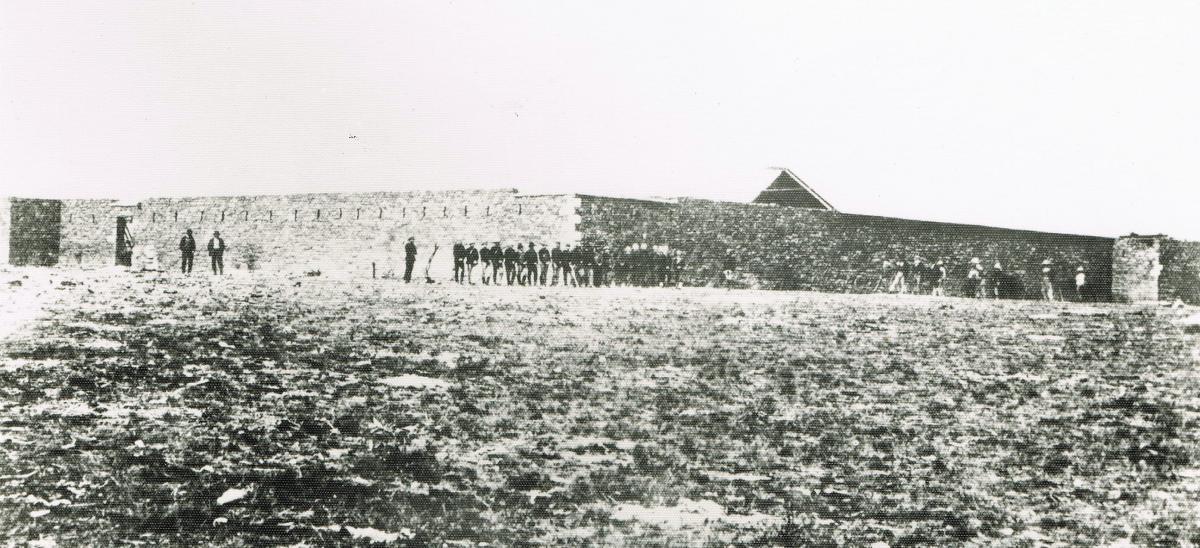
Disclaimer: Any views expressed by individuals and organisations are their own and do not in any way represent the views of The Heritage Portal. If you find any mistakes or historical inaccuracies, please contact the editor.
As early as 1873 a Colonial government commission had been set up to investigate the establishment of laagers for defensive purposes in the Newcastle Division. They recommended that 2 laagers be built, one on Newcastle town lands and the other not that far from where Fort Pine stands today. In 1874 £5 000 was allocated for the construction of laagers and armouries throughout the Colony of Natal.
By 1877 nothing had happened and in December of that year Messrs HSD Coetzee, JJ Gregory, A Jansen, DC Pieters and CG Willson, acting on behalf of the Biggarsberg residents, met at Dundee to petition the government for the construction of a laager.
By this time the government had decided to build a post for the Natal Mounted Police at Dundee and on 18 December 1877 the Colonial Secretary wrote to the Colonial Engineer, enquiring how long it would take to finish a wall enclosing the proposed barracks. He wanted this done as soon as possible as the post would also serve as defensive laager for the Biggarsberg district in case of emergency.
In January 1878 the Colonial government sent a party of about 70 labourers to quarry stone and to prepare for the building. A contract to construct the wall was entered into with a local contractor, John Marshall of Kelvin Grove.
Capt Hime, the Colonial Engineer selected the site. An inspector, David Smith, reported that he considered it to have an insufficient water supply. John Marshall suggested alternative water sources and this was deemed to be sufficient.
On 10 May 1878, John Marshall was contracted to build and complete the wall within 4 months for £340. He started work on 20 May and despite the shortage of labour and having “had a hard struggle with it all” had completed the outer walls and the 2 corner towers by 14 September. It was hailed as a solid, well built piece of masonry, the best of its kind that had ever been seen up country. The two entrances with their massive iron-clad gates much impressed the locals….”
Well they were certainly not wrong about that, as the walls still stand their original height, the two corner towers have collapsed, one of the heavy iron gates is still in position and many of the interior walls and doorways are still there as is the brick lined well and the arched munitions storeroom. Some of the corners of stonework are now definitely showing their age and stress and it won’t be many years before they collapse, but not bad for dressed stone dry wall building.
The dry stone walls with loopholes still stand 12 feet high. The people give an indication of the height of the walls. (Pam McFadden)
The north east wall with its original metal clad door. The corner circular look tower two has collapsed. (Pam McFadden)
The dressed stone corner posts of the main entrance gate (Pam McFadden)
At this stage the local Volunteer Corps, Buffalo Border Guard and a number of local spectators were in the “fort” for the annual shooting competition. The Buffalo Border Guard had been raised in 1873 and had established their headquarters at “Fort Pine” and this name was transferred to the new stone laager.
Buffalo Border Guard (Talana Museum)
The Dundee laager, as it was originally called, was a 12 -1 4 ft high outer wall (accounts differ as to the height) with loopholes, two entrances and two corner towers. The plan called for a stable and barracks for the Natal Mounted Police to be built next. Capt Hime decided to continue and a further £250 was made available from the Colonial government. By the end of November the stables were almost complete and John Marshall was wanting to know about specifications for the roof.
Fort Pine Plan
On 21 December Charles Norris-Newman noted that “the walls are of stone, about 12 feet high, and brood in proportion, with double storied towers at 2 of the opposite corners. There is accommodation for 25 officers and men, stabling for 30 horses, storerooms, offices and magazines, and in fact everything necessary for a permanent station or a temporary laager… the whole place seemed strong enough to keep out all of Cetywayo’s army, and would stand some knocking about even at more civilised hands.”
This account is possibly written from hearsay and he does not record that he rode over to Fort Pine but mentions Col Glyn, Maj Dartnell, Capt Shepstone and Mr Mansell as visiting the fort that day.
Another report on 12 February 1879, gives a different description “the laager at Fort Pine is an open square with walls about 14 feet high, with loop holes”. The stables could not yet have been roofed, as they took the galvanised iron from sheds to improve their shelter. When the Natal Mounted Police took charge of the post in early 1880, the garrison had to live under canvas for several months until the buildings were ready.
As a refuge for the local population, after the battles of Isandlwana and Rorkes Drift, it would not have had internal buildings and those that were there would not have had their roofs finished. Local people were encouraged to take shelter in the fort and by 25 January there were 350 people in the fort, with 78 fit to bear arms and thus defend the fort against an attack.
A correspondent for the “Natal Colonist” wrote the following account on 12 February 1879 that “it is entirely filled with Boer wagons and tents, in fact it is a job to get through it from one end to the other, and with such a lot of people, including children of all ages, and every family slaughtering their own meat, you can imagine what a place it was. My informant states, that unless sanitary precautions are speedily taken, fever, in its worst forms will ensue…”
There were also a number of British families in the fort – Craighead Smith, Cunningham, MacPhail, Willson and Robson.
John Sutcliffe Robson, the Border Agent was put in charge of the fort. There was considerable dissension about this, as many of the local people did not like him and he could not keep proper order. Fearing a night attack by the Zulu’s, on 6 February Robson rode to Helpmekaar to request assistance. Col Glyn sent the Buffalo Border Guard and Newcastle Mounted Rifles to Fort Pine.
John Sutcliffe Robson (Talana Museum)
The Volunteers were able to impose order and a routine. Each morning a guard would patrol the neighbourhood and on his return open the gate and allow the people inside to pitch their tents to the west and spend the day outside the fort. At sunset they all re-entered the fort and the heavy metal gates were locked.
Local tradition tells of Dr Prideaux Selby delivering 3 babies in the fort. One marriage between Thomas Cunningham, the blacksmith and Elizabeth Robson was celebrated in the fort and the Rev J L Döhne, a local missionary and preacher, died in the fort on 6 June 1879.
Capt Shepstone, at Helpmekaar advised the two Volunteer Corps that were left to their own devices regarding supplies and shelter. Lieut Dixon of the Newcastle Mounted rifles, who was placed in command of the Buffalo Border Guard detachment sent to Fort Pine, advised that this would not be possible as the country around Dundee was deserted. Thus 10 days rations and forage were sent with them from Helpmekaar, but they were to make any future arrangements with the commissariat in Ladysmith. By 18 February Durban newspapers were reporting that the Volunteers were without food and that the commissariat had failed to supply them. An investigation showed that the account was slightly exaggerated, as they had had to wait for food supplies for 5 days not 14.
Newcastle Mounted Rifles at Fort Pine (Talana Museum)
From records, circumstances regarding the supplies appear to be confused. In an account on 18 February 1879 Capt Shepstone reported “thousands of cattle and sheep grazing in the vicinity of the fort and that their owners, inside the fort, were willing to sell to anyone, so there was a supply of fresh meat.” He did not consider whether or not the volunteers would be able to pay for their food. After the rations did arrive, they were given to understand that they would have to feed themselves out of their allowance of 6s a day.
The Volunteers had no tents and had to improvise shelter from sheets of corrugated iron. A number of them fell ill, including Lieut Dixon. They were sent to Newcastle. The combined return of men of the Buffalo Border Guard and Newcastle Mounted Rifles on 2 March 1879 was 33 officers and men, with 27 fit for duty. Compare this with the 59 men who reported for duty at Helpmekaar on 16 December 1878. On 18 April the returns showed 40 horses, with 36 fit for duty and 26 serviceable Swinburne-Henry carbine rifles, 29 revolvers and 800 and 18 rounds respectively per man.
The burgers in the fort could muster 48 Snider and Martini-Henry rifles with a total of 8 000 rounds of ammunition on 15 March but this had increased to 12 000 Snider and 15 000 Marini-Henry rounds by 18 April. As the initial panic of late January subsided many of the local people left the fort and by 10 May almost all the civilians had abandoned the fort.
The Volunteer forces remained to continue patrol the border, in conjunction with the Native Border Guard, stationed at nearby Mome hill. With the fading of the crisis and the arrival of more Imperial troops, the Volunteers became increasingly bored and worried about their businesses, families and personal affairs. Although they petitioned Maj Dartnell for release from duty on 23 April, this was not permitted and they were only disbanded in late July.
The fort was then occupied by the Natal Mounted Police early in 1880 and the interior buildings of the rooms against the walls, gables on 3 corners and proper roofing were completed.
There is a local story that the well is lined with the oldest surviving bricks produced in Dundee.
The brick lined well – it had a fair amount of water in it. (Pam McFadden)
My great grandfather, David Jones, brother arrived at Fort Pine with a load of supplies. He was a transport driver and had come up from Pietermaritzburg. As he arrived after the gates had been closed and locked, he was not allowed to enter the fort and had to remain outside all night. The accounts of the battles and rumours of deaths had spread throughout Natal and he feared that his two elder brothers, who were members of the Newcastle Mounted Rifles had been killed at Isandlwana. The following morning on being allowed into the fort to draw water from the well, he found both his brothers inside and alive and well.
Fort Pine was never attacked. It does have tactical problems – water shortages, at certain points, enemies could get reasonably close without being seen, but it did have a good view of the country from Ladysmith to Majuba.
The view from the fort to the west with good views from Ladysmith to Majuba (Pam McFadden)
Pam McFadden has spent many years researching the battlefields of KwaZulu-Natal. She has been interested in them since a young child. As a registered specialist guide on these battlefields for the past 40 years her knowledge about events and the people involved is considerable. Since 1983 as curator, Pam McFadden has developed the Talana Museum in Dundee into one of the finest in the country. As part of the museum collections she has collected and created an extensive museum archive, that holds many treasures.
Main image: Archive photo of Fort Pine (Talana Museum)
References:
- Talana Museum archives
- The Buffalo Border 1879 by JPC Laband, PS Thompson and S Henderson
- Personal family history
Comments will load below. If for any reason none appear click here for some troubleshooting tips. If you would like to post a comment and need instructions click here.

